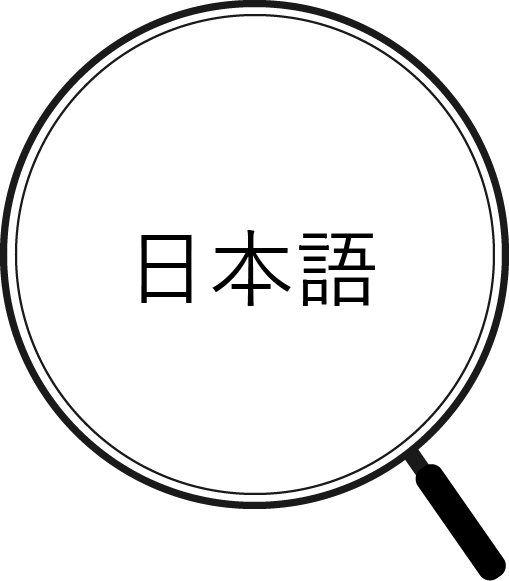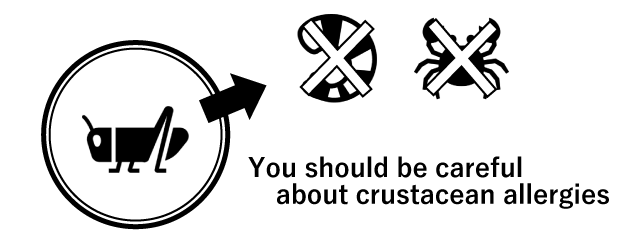


Advantages and Disadvantages of Insect-Eating
More than 2111 species of insects are consumed as food in the world, and interest in insect-eating has been growing since the FAO (Food and Agriculture Organization of the United Nations) released a report in 2013 recommending that insects be used as food and livestock feed. As such, here are some of the advantages and disadvantages of insect-eating.Advantages
Environmental Advantages
According to the report by the FAO in 2013, about 14% of the world's total greenhouse gas emissions come from livestock farming. This is due to the production and transportation of feed, the disposal of excrement, and in the case of ruminant animals, methane emissions from burping. Methane gas has a greenhouse effect about 25 times greater than carbon dioxide. In contrast, insects tend to emit less greenhouse gases during production. For example, compared to crickets, pigs and cows emit about 11 and 23 times more greenhouse gases per body weight, respectively, and pigs are said to emit 10 to 100 times more greenhouse gases than mill worms.
In addition, insects are highly efficient in feed conversion because they are poikilothermal animals. Depending on the type and production process, crickets require about 1.7 kg of feed to fatten 1 kg of meat, chickens 2.5 kg, pigs 5 kg, and cows 10 kg, and insects require far less. Insects also require less water for production than other meats.

Insects can also use household wastes such as foodstuffs and compost as feed. In addition, insects are considered to have less impact on the environment from the perspective of having fewer parts to dispose of, as 100% of their food is edible, compared to cattle, for example, whose edible part is about half of their total weight.

Advantages in Terms of Food and Health
Depending on the type of insect, about 60-70% of the nutrients in insects are protein, and other nutrients include dietary fiber, copper, iron, magnesium, manganese, phosphorus, selenium, and zinc. It is also said that the nutritional value of cricket protein is almost equal to that of other meats such as beef, pork and chicken. Since insects contain more fatty acids than most fish, they can also be used as nutritional supplements for undernourished children.
Advantages in Terms of Society and Economy
Collecting and cultivating insects can be a means of livelihood diversification. Wild insects can be collected directly and easily, and the cost of basic tools for cultivation is minimal. Therefore, collecting, cultivating, processing and selling insects in the wilderness can be done by women and the landless poor. These efforts can directly improve their diets and provide a source of income.
In addition, insects are relatively easy to produce and process. The area of farmland required to produce 1 kg of edible parts is 45 square meters for poultry, 50 square meters for pork, and 200 square meters for beef, while crickets require only 15 square meters. The processing required for insects is also easier than for other meats that require dismantling, as they can be made into powder, paste, or fried.

Insects are also attracting attention as a means to solve the global food problem. The world population is expected to reach about 10 billion by 2050, and the demand for food is expected to increase, however, deforestation due to the expansion of farmland and water shortages are already a problem, and the effects of global warming are making it difficult to rapidly expand food production. Under such circumstances, the edible use of insects, which are easy to produce and process and require fewer resources such as feed and water, is attracting attention.
Disadvantages
Disadvantages in Terms of Food and Health
Insects are invertebrates like shrimps, crabs and other crustaceans, therefore people with crustacean allergies might show symptoms by eating them.

Some people might be tempted to avoid insect-eating because of the risk of diseases and parasites, however, the FAO denies that " There are no known cases of disease or parasite transmission to humans, as long as insects are handled in a hygienic environment like other foodstuffs" . We do not need to worry too much about this, as the FAO denies it.
Disadvantages in Terms of Society and Economy
Insect-eating has many advantages, however, insects are also sometimes avoided because of their looks and image. This is thought to be due to the fact that with the development of modern hygiene concepts, mosquitoes, flies, and other disease-carrying insects have been exterminated, and the image of insects themselves has become "unhygienic" and "dirty". For people who have a bad impression of insects, insect foods that are processed to the extent that their body shape is not recognizable can be eaten first, since the appearance of insects themselves is directly linked to this image.
This site is participating in the 23nd Japan Junior high school/high school Web contest(第23回全国中学高校Webコンテスト).
